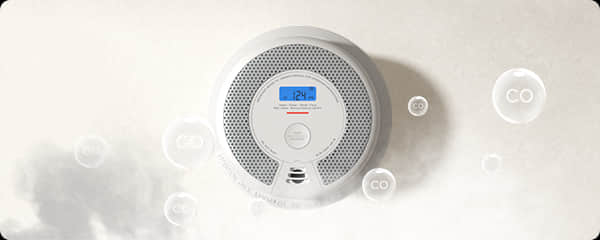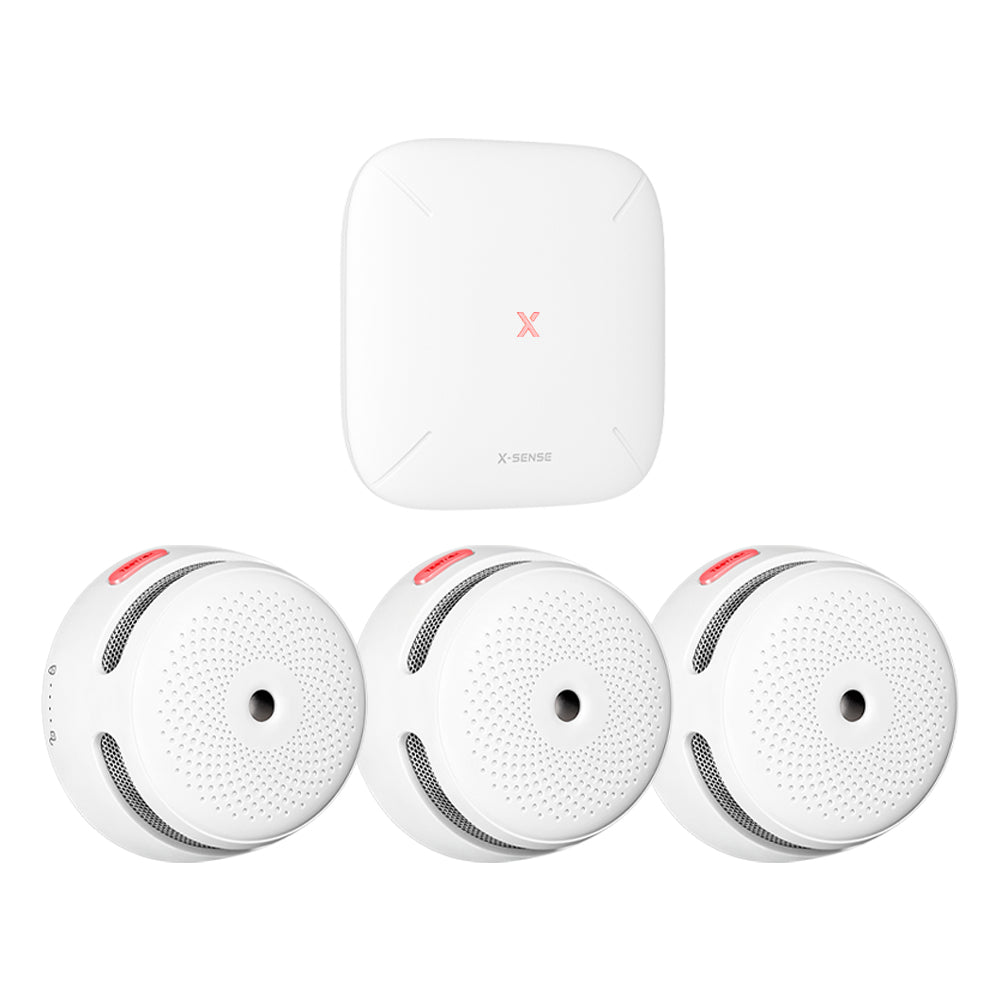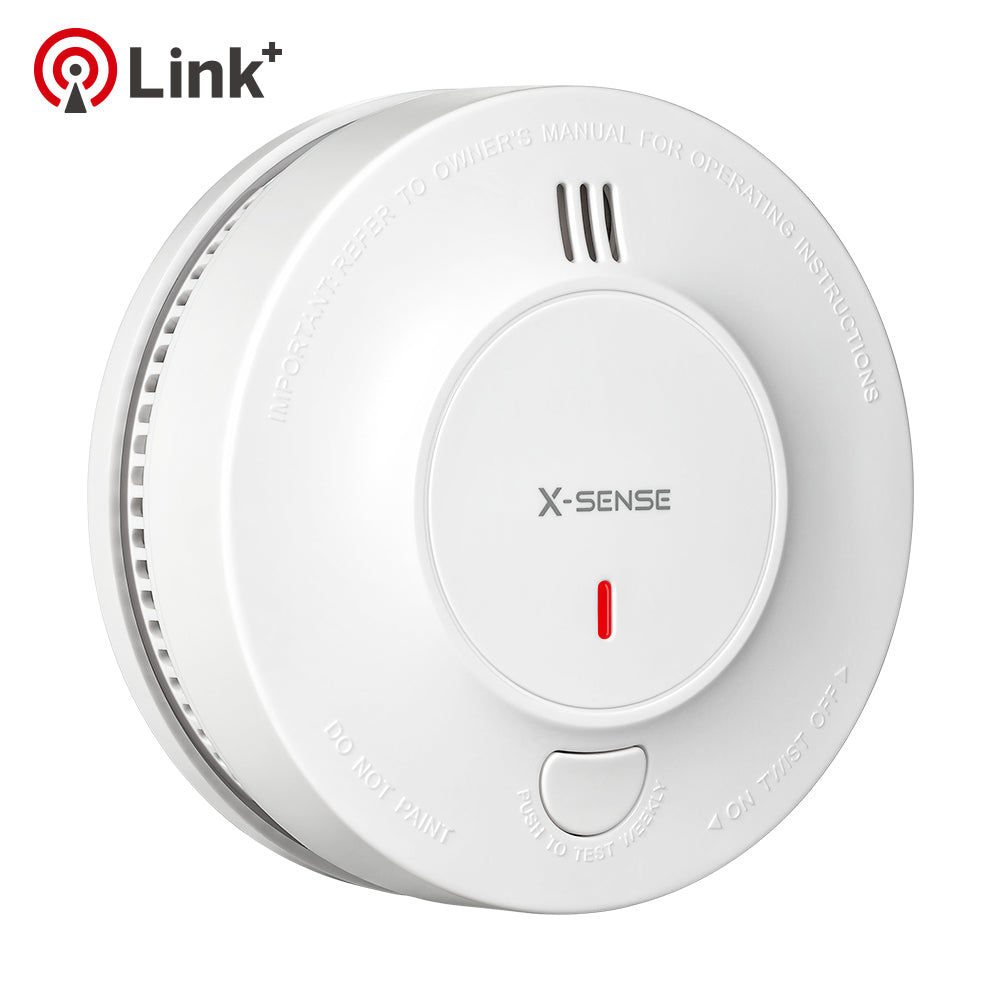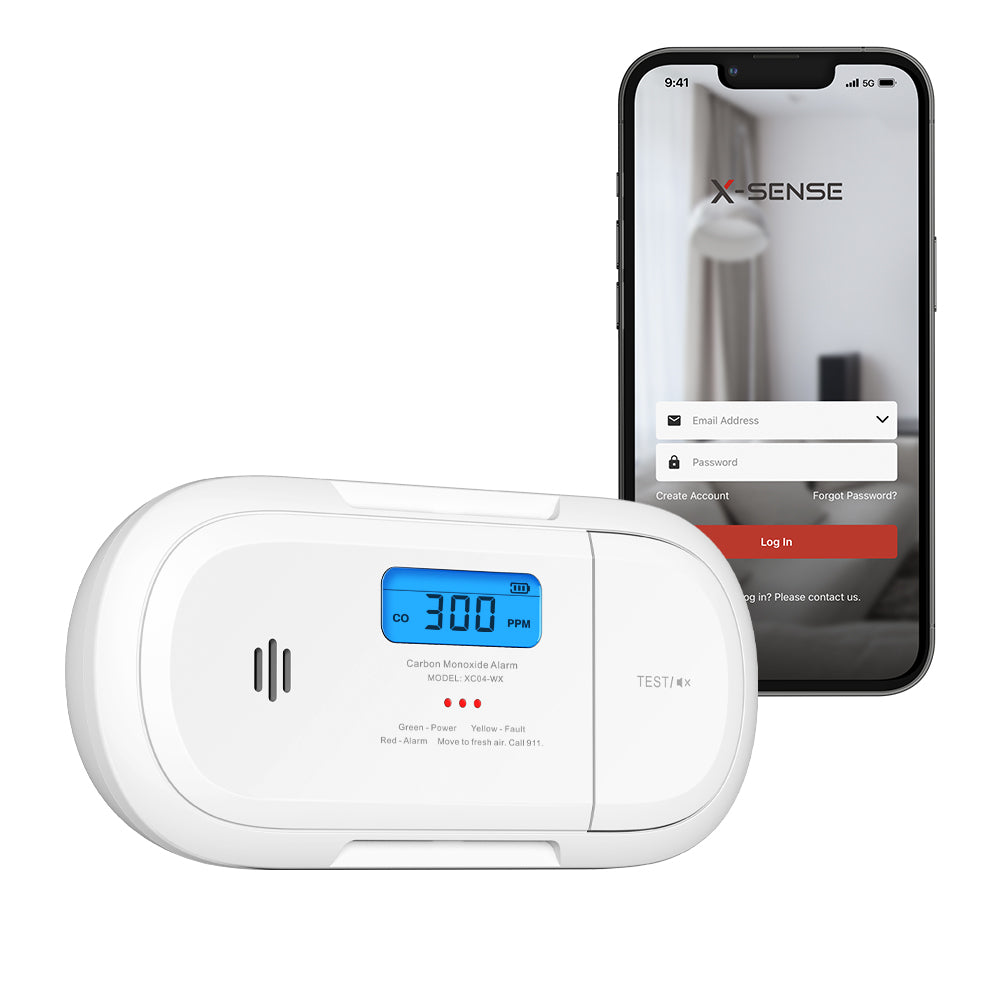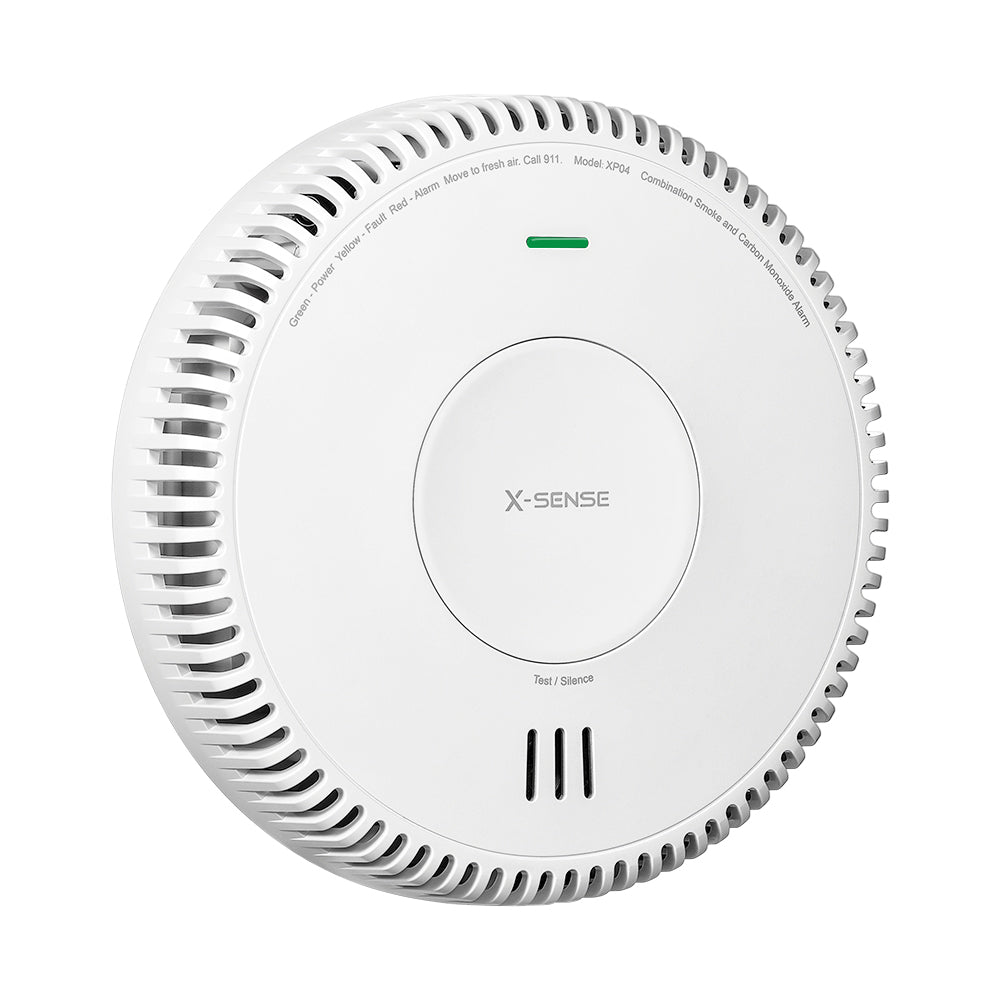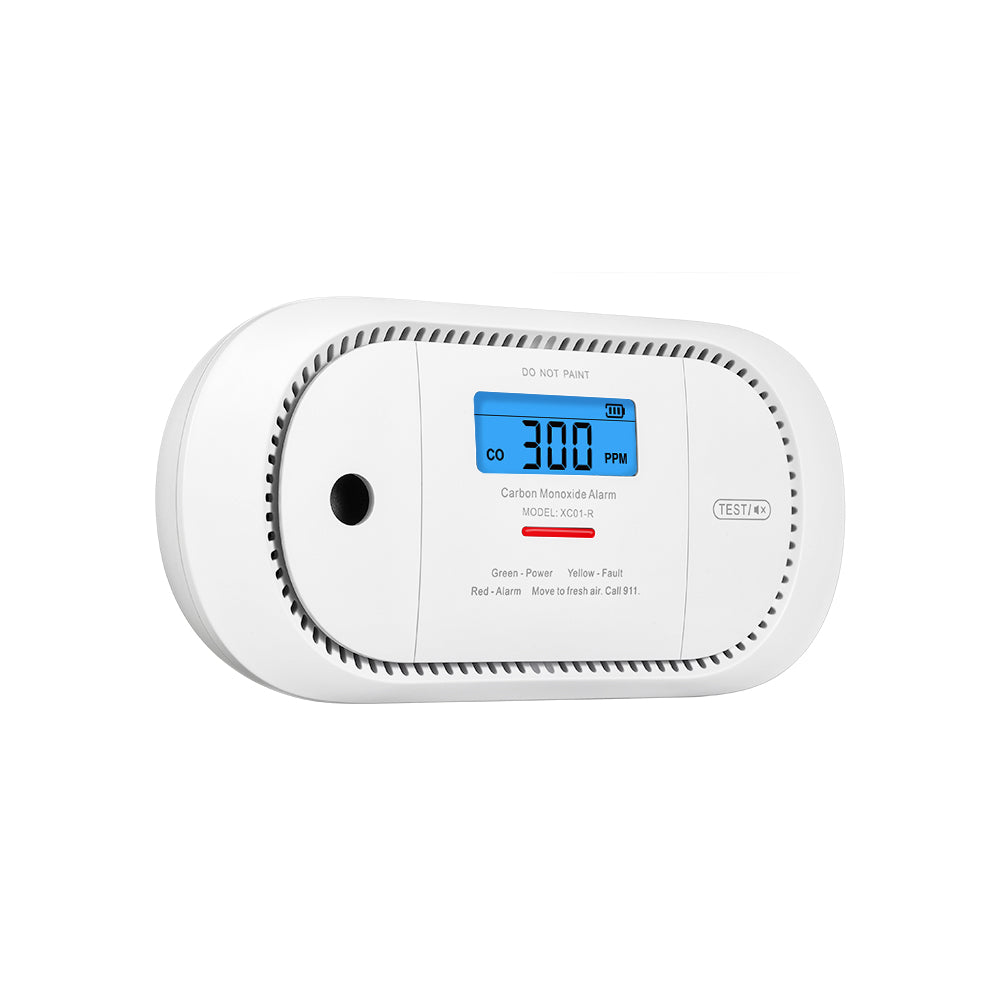Carbon Dioxide Detector
Fri, Apr 16, 2021
Simple everyday settings like construction sites, factories, chemical workshops, agricultural plantations, and most industrial units can emit an unhealthy amount of gas called carbon dioxide (CO2), which can pose as a potentially harmful threat. To suppress this, a carbon dioxide detector serves as an alarm that gives off signals when a dangerous amount of this natural gas is detected within an environment. Due to its colorless and odorless nature, detecting carbon dioxide is especially useful in areas prone to heavy amounts and overexposure of this gas. Before understanding how a carbon dioxide detector even detects carbon dioxide, what is CO2 anyway?
What Is Carbon Dioxide?
Aside from its odorless and colorless nature, carbon dioxide is a greenhouse gas that consists of a single carbon and two oxygen atoms. This natural gas may be harmless in small amounts but can be life-threatening in largely concentrated quantities.
As a natural product of the environment, CO2 can be produced by the human body as a byproduct of cellular metabolism and/or human respiration. While humans are capable of producing carbon dioxide, most of this gas is recurrently formed through processes like burning fossil fuel, organic matter decomposition and fermentation.
Although excessive discharge of CO2 is not a frequent occurrence, the possibilities of a concentrated amount of hazardous carbon dioxide is always present, especially in compact spaces with conditions that only increase the levels of danger and intensity. Considering the noticeable differences in terms of poisoning symptoms between CO2 and Carbon monoxide, distinguishing the two is quite easy. Presuming you start to notice any initial signs and symptoms of poisoning caused by CO2, immediately vacate the space and/or exit the building.
Overview of CO2 Detector
In detecting natural gas, smoke carbon dioxide detectors consist of carbon dioxide monitors that are capable of capturing the occupancy and concentration of CO2, which presents itself as a likely dangerous threat despite it being a habitual and natural element within the environment especially in commercialized areas and manufacturing facilities. CO2 detectors comes in designs that all serve as carbon dioxide alarms and range from handheld builds, which are portable carbon dioxide detectors that are optimal for precise inspections, to fixed mount transmitters, for more sustained and continual monitoring that includes a process control for viewing outputs. Of the many great designs, there is always at least one best carbon dioxide detector suitable for any practical use.
Can You Detect CO2 with a CO Detector?
What Is a Carbon Mnoxide Detector
Generally, a carbon monoxide detector consists of sensors that activates an alarm when it detects a dangerous amount of CO in an area and this device proves to not only be effective, but also the quickest way to prevent poisoning caused by overexposure to carbon monoxide. The CO detector’s alarm is triggered quickly enough so that it is able to alert nearby people of the dangerous levels of CO before they even start to develop any symptoms. When this alarm is sounded, it can only be silenced in an area free of carbon monoxide.
Carbon Monoxide and Carbon Dioxide
Carbon monoxide, being a simple molecule, consists of one oxygen and one carbon. This gas is produced through the incomplete burning process of carbon fuel like wood, propane, natural gas, coal, heating oil, and gasoline. Carbon monoxide is not dangerous when discharged in wide and well ventilated spaces but, like CO2, is a serious threat when released in close-proximity areas that are limited to very little or no ventilation like kitchens, basements, campers, and garages.
A CO detector differs from that of a CO2 detector and is not capable of detecting CO2 despite the many similar properties of the two gases. A CO detector differs in the way that it utilizes electrochemical sensors which output an amount of electric current that corresponds to the quantity of carbon monoxide the chemicals are subject to. Using a non-dispersive infrared (NDIR) sensor, a CO2 detector is able to quantify light found in a sample of air. Given the portion of light that comes into contact through the sample, it correspondingly reciprocates to that of the amount of carbon dioxide present in atmosphere.
CO and CO2 are quite similar in many properties and both are harmless when they are discharged in well-ventilated areas with CO being a far more dangerous gas compared to CO2. Similarly, both gases become harmful and potentially life-threatening in confined spaces with limiting ventilation and conditions that trap gas into increasing levels of danger. To prevent poisoning caused by these gases, the CO and CO2 detectors both serve the same purpose of sounding an alarm when levels of dangerously high amount of gas is detected.
You may also like: Where to Place Carbon Monoxide Detector
X-Sense CO03D Carbon Monoxide Detector
- Digital LCD clearly displays real-time CO concentration levels and battery power.
- 10-year sensor life with replaceable batteries provides uninterrupted 24/7 protection.
- Detects CO threats accurately with the advanced Figaro electrochemical CO sensor.
- Easy to install onto any wall or ceiling without hardwiring.
- Meets safety standards UL 2034 (US) and EN 50291 (EU).
$29.99


